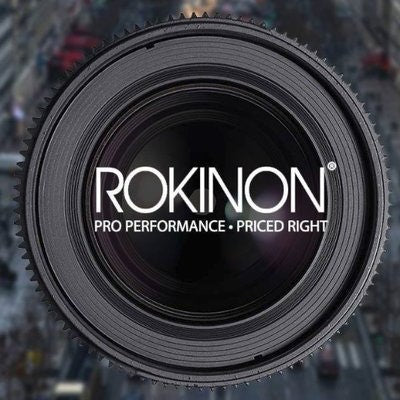I agree.. I own the Sigma 24-70mm f2.8 Art for emount and while the new GM II equivalent beats it in every way its not to the point where I feel the need to upgrade. The key thing is that choice is available for me to make. If you want a native 24-70mm f2.8 on RF there’s one lens and thats it.I posted the same thing earlier on but some people are such strong Canon loyalists they would rather spend more for old inferior EF lenses over cheap and better third party options.
If Canon had a very full RF lineup with all the same options as third parties and had actual reasonable pricing it would be somewhat reasonable to block third parties, but sadly then don’t.
There are way more but just some of the third party options that could fill gaps in Canon’s lineup
Sigma 14-24mm F2.8 DN Art
Sigma 16-28mm f/2.8 DN Art
Tamron 17-28mm f/2.8
Sigma 20mm f/1.4 DN Art
Sigma 24mm f/1.4 DN Art
Sigma 35mm f/1.4 DN Art (or Samyang version) or 35mm f/1.2 Art
Samyang AF 50mm f/1.4 UMC II
SIgma 85mm f/1.4 DN Art or Samyang 85mm f/1.4 II
Sigma 70mm or 105mm DN Macro
Samyang AF 135mm f/1.8
Tamron 28-75mm f/2.8 or Sigma 28-70mm f/2.8
Sigma 24-70mm f/2.8 DN Art
Tamron 70-180mm f/2.8, 70-300mm and 150-500mm
If someone only wants OEM glass that is their right and choice but some are denying this is an issue because its not an issue for them personally.
I don’t have an issue with Canon protecting their IP, they have a responsibility to do so. They can even choose to never to come to any agreements with 3rd parties but the idea that’s a good thing for everybody is false.
Upvote
0


